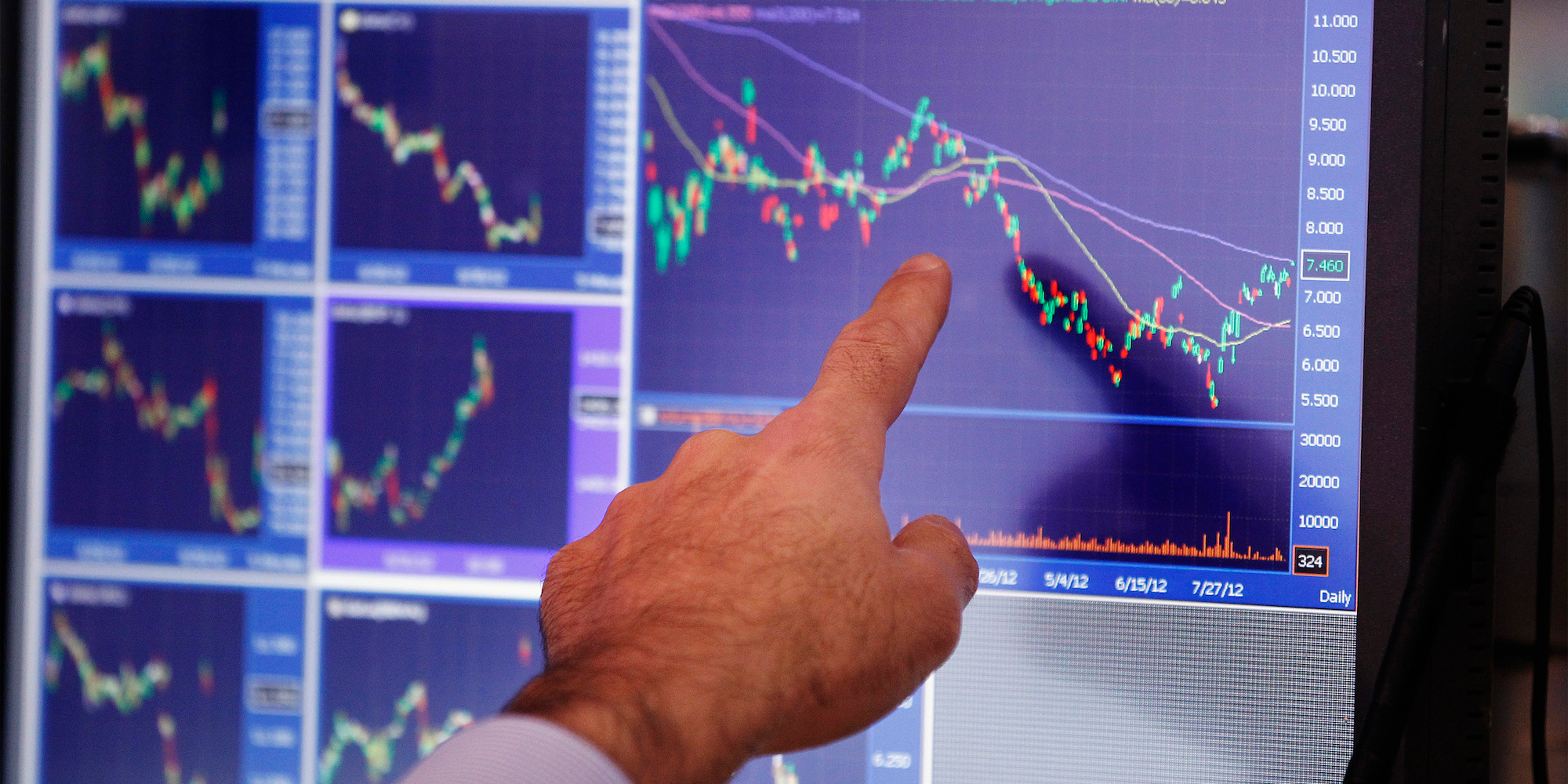- Strategists at the Bank of America Merrill Lynch argue that the slope at the front end of the yield curve is the most important area to watch.
- They say this is because it does a solid job of indicating future GDP growth.
- The strategists’ key measure is the spread between the three-month Treasury rate one year forward and the spot three-month rate, which has been inverted since March.
- If the Fed continues to ease, this could push this part of the yield curve back into positive territory, Bank of America said.
- Read more on Markets Insider.
A frequently overlooked part of the yield curve – the spread between the three-month Treasury rate one year forward and the spot three-month rate – is the most important, a team of strategists at Bank of America Merrill Lynch said on Friday.
This part of the curve, which has been inverted since March, dominates all other curves in its power to predict future growth in the US, they argue.
“The intuition behind why this particular slope works so well is simple: it purely reflects the market’s outlook for Fed policy and is impacted by very little else,” the strategists said in a client note.
They added: “Just as studies have shown that orange juice futures help predict Florida weather, the market’s pricing of Fed policy is a relatively good predictor of the year-ahead GDP growth.”
A number of yield curve inversions over the last few weeks and months have sparked a debate over which part of the curve is the best predictor of a recession. For context, the New York Federal Reserve watches the spread between 3-month and 10-year Treasurys for its recession probability tracker, which has been at levels not seen since the financial crisis since the spread inverted in March.
In the last two weeks, the spread between two- and 10-year Treasurys has inverted multiple times. This is generally thought to be the most important part of the curve as it has a 100% success rate of predicting future recessions since 1950.
But for the team at Bank of America, "what's more telling, in our view, is the extent to which a curve slope has any power to predict future growth," not which inversions precede recessions. This is why they look at the three-month rate - if the market thinks the Fed should ease right away, there must be cause for concern, they say.
If the Fed continues to cut rates - which Bank of America economists predict they will - it could lead this curve back into positive territory again. But that depends on how the market reacts to potential cuts.
In July, the strategists wrote, their favorite part of the yield curve inverted more, following the rest of the market's negative reaction.
To be sure, the team wrote, "the predictive power of any yield curve for future growth is limited."
Still, they view the inversion of the one-year three-month over three-month curve as indicating downside risks going forward. Further, if it continues to go down, that would require the market to price in a deeper cutting cycle, adding more pressure.

